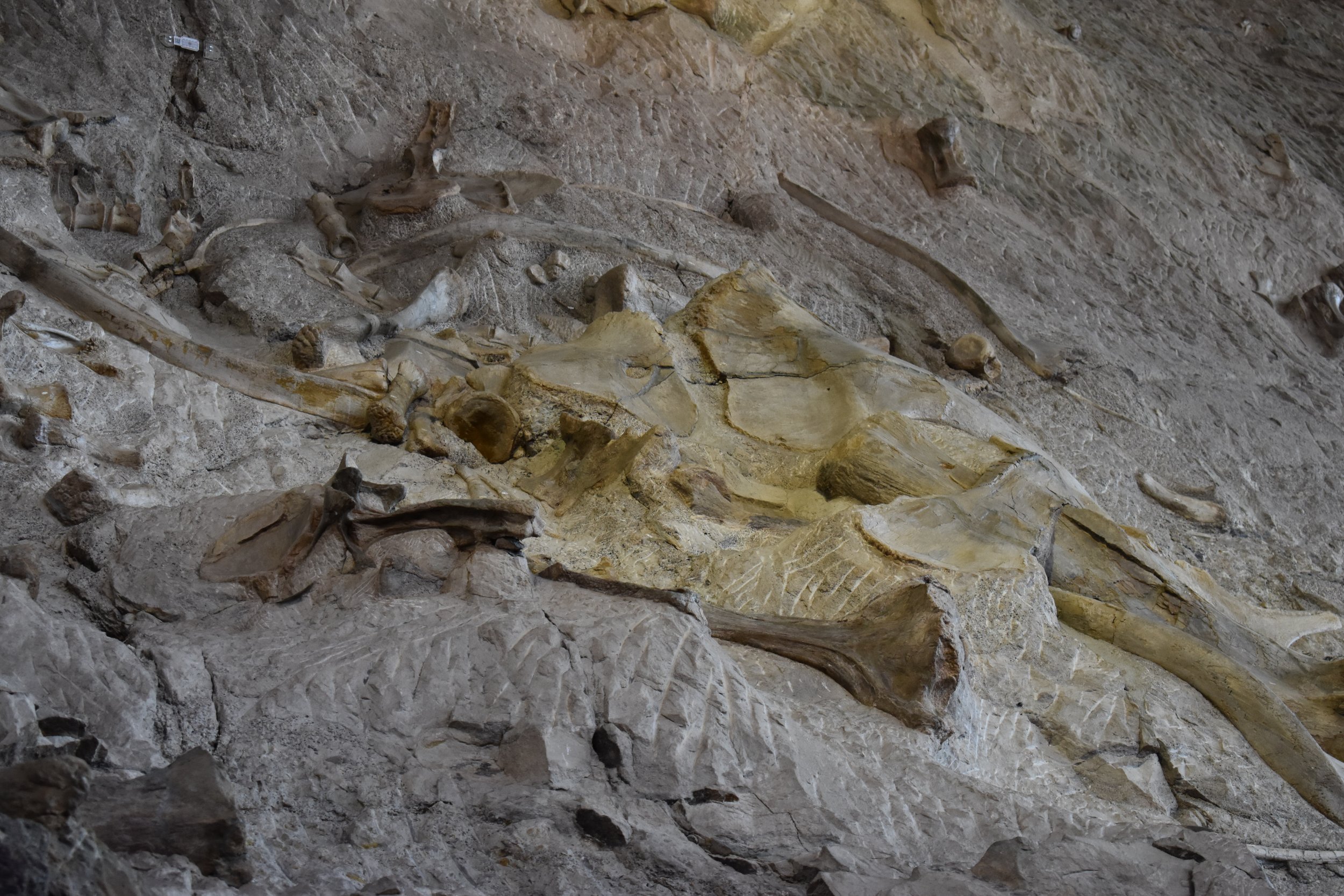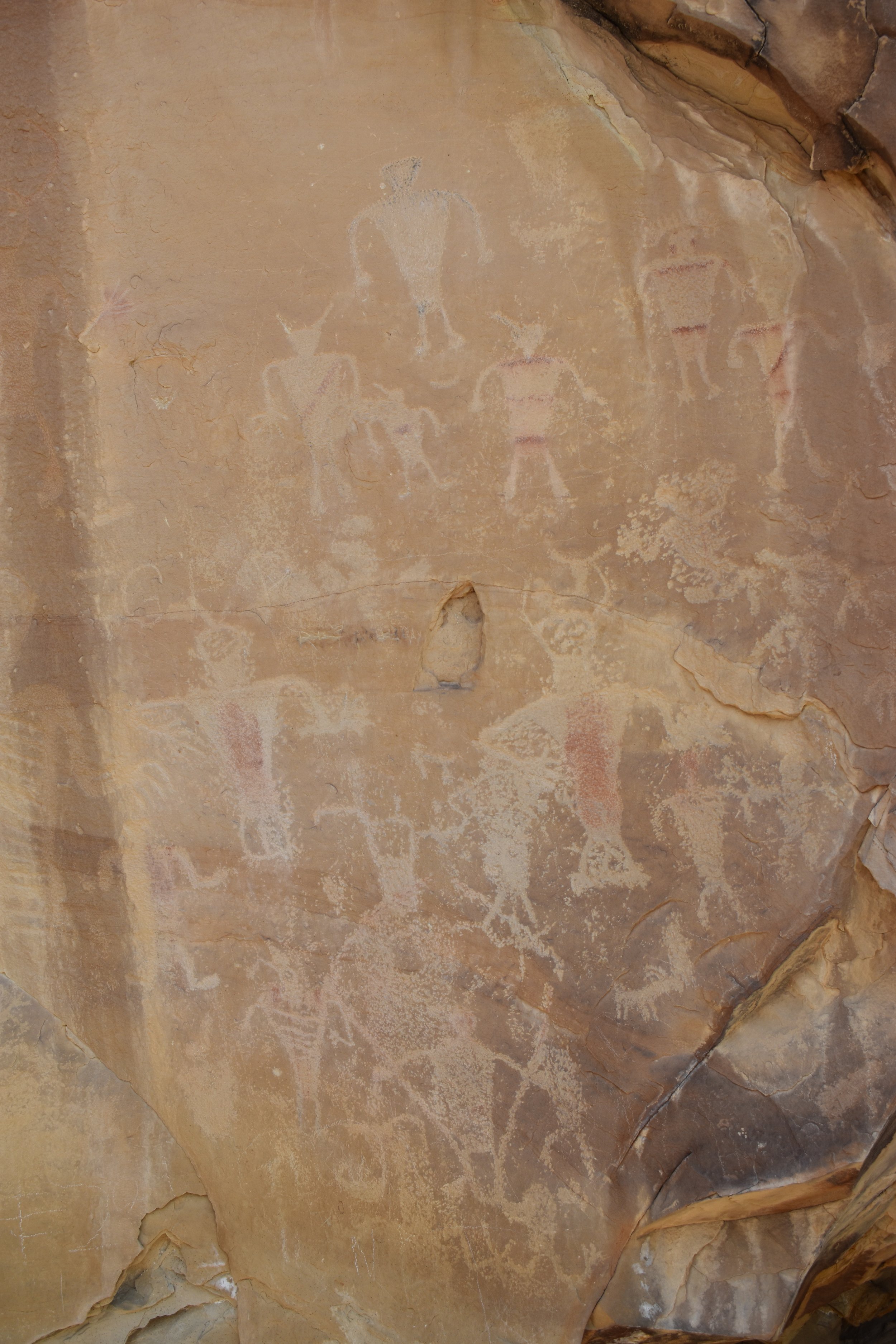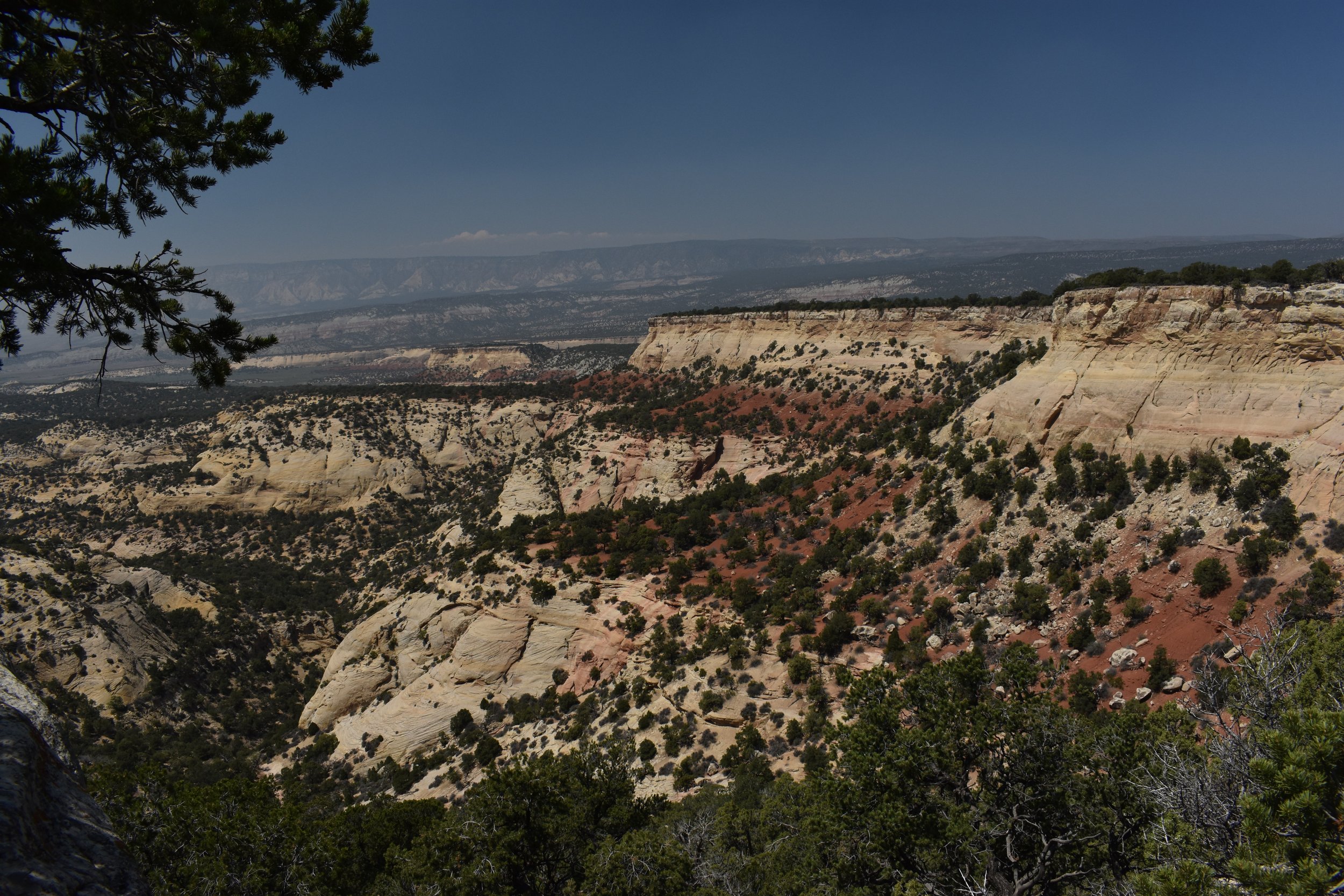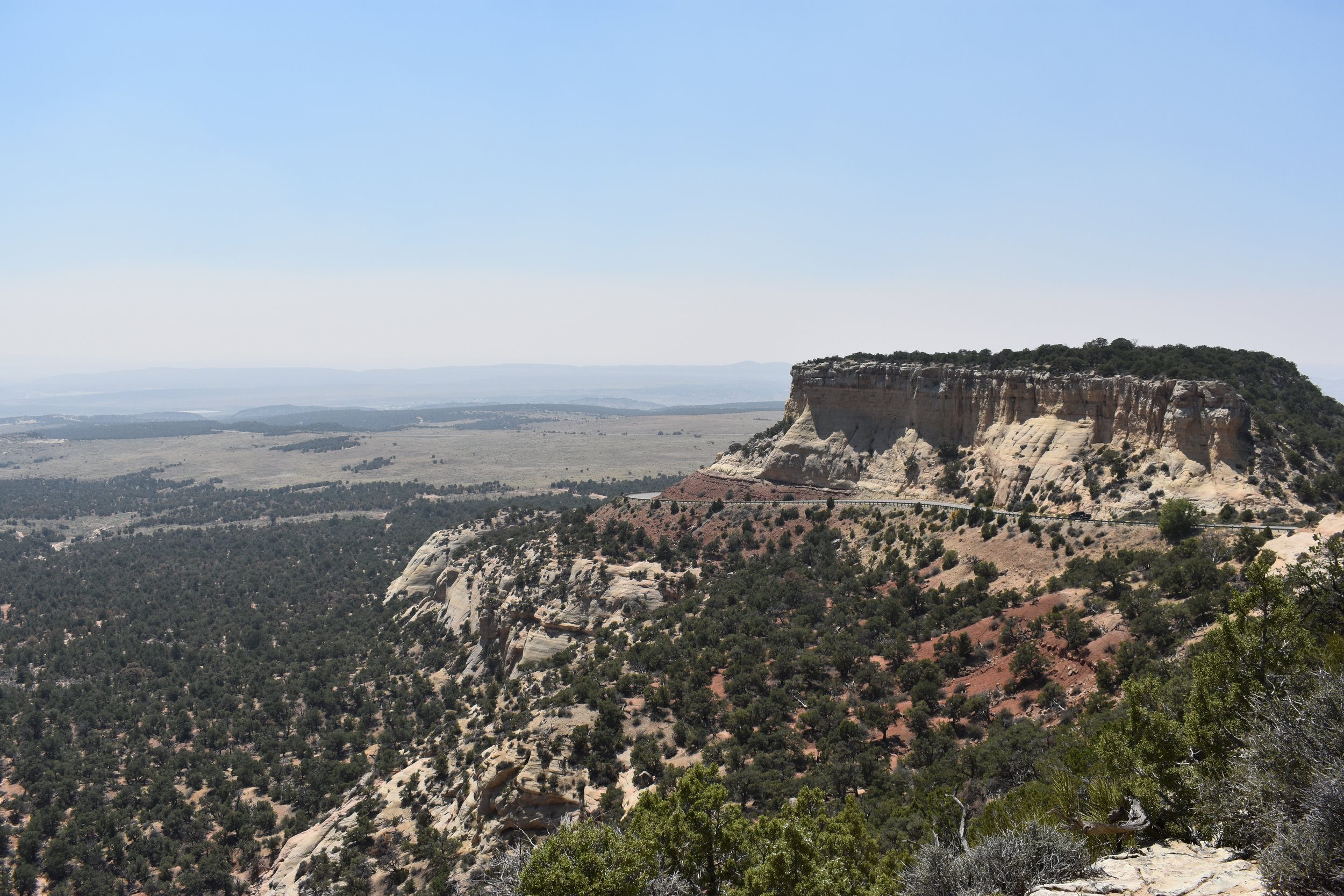Paleontologist Dreams at Dinosaur National Monument, Utah & Colorado
Ever since I was little, I’ve always loved dinosaurs. For a long time, it was my dream to be Dr. Alan Grant from Jurassic Park. I was obsessed with t.v. shows like Prehistoric Park and Primeval. And though I’ve given up on my dream of being a paleontologist, I will still search out all things dinosaur. Colorado happens to be an amazing place for dinosaur-hunting, with Dinosaur Ridge in Denver being one of the coolest. So when I saw on the map that we could go right by Dinosaur National Monument on our return trip to Denver from Salt Lake City, I immediately implored my friend and husband to take the opportunity.
Dinosaur National Monument is split between two states: Utah and Colorado. Our first destination was the Utah side to visit the Quarry Visitor Center. This is where you can view the dinosaur fossils that give the park its name. We were visiting just after high season, so we were able to drive ourselves to the Dinosaur Quarry Exhibit Hall rather than having to take a shuttle.
The exhibit hall is the real star of the park. Here, you can view an excavated section of rock packed with fossils of Allosaurus, Apatosaurus, Camarasaurus, Diplodocus, and Stegosaurus. These are all dinosaurs that lived during the late Jurassic, and this fossil bed is part of the rivers and floodplains of the time period that became sedimentary rock, called the Morrison Formation, which has been the most fertile source of dinosaur fossils in North America. The site was first excavated by Earl Douglas working for the Carnegie Museum in 1909 with the purpose of finding sauropods from the Morrison Formation for public display, and the quarry was declared a national monument to be preserved in 1915.
We then headed to Swelter Shelter, which is a very short 200-foot hike to petroglyphs and pictographs left by the Fremont people who lived in this area before the 14th century, from 200-1300 AD.
Our next destination was the Swelter Shelter Petroglyphs, which is a very short hike (about 200 feet) to see some stunning petroglyphs and pictographs left by the Fremont people. We had a dog (the incomparable Kindi) with us, and this is one of the few hikes of the park that allows dogs, a common rule in national parks due to fragile habitats and wildlife encounters.
The Fremont lived in the area that is now the park from around 200-1300 AD. They resided in natural shelters like rock overhangs and caves, as well as small villages. Their diet consisted of plants like pine nuts, berries, and cactus fruits, as well as what they could hunt—mule deer, bighorn sheep, small mammals, and birds. They grew some crops, such as corn, beans, and squash.
The Fremont people practiced something called residential cycling, wherein their small groups merged and dispersed repeatedly, eventually forming the larger Indigenous tribes of the area. Their culture is still visible through the art they left behind in the form of petroglyphs and pictographs in the rock face. The human figures have trapezoidal bodies and elaborate decorations of earrings, headdresses, and shields. The animals include bighorn sheep, birds, snakes, and lizards.
Our final stop in the park was Plug Hat Butte, a 1/2 mile loop trail that also allows dogs. This is desert hiking at its finest: it was HOT, sandy, and shade was hard to come by. Kindi tried laying down under every tiny scrap of shadow cast by the trees, and we were desperately hoping not to get sunburned. Nevertheless, the views were stunning, as the hike provides a sweeping panorama over surrounding canyons and the northern part of the Uintah Basin.
Thanks for reading! If you want to check out my other hikes in Colorado or Utah, click “Hiking” at the top of this post.








































